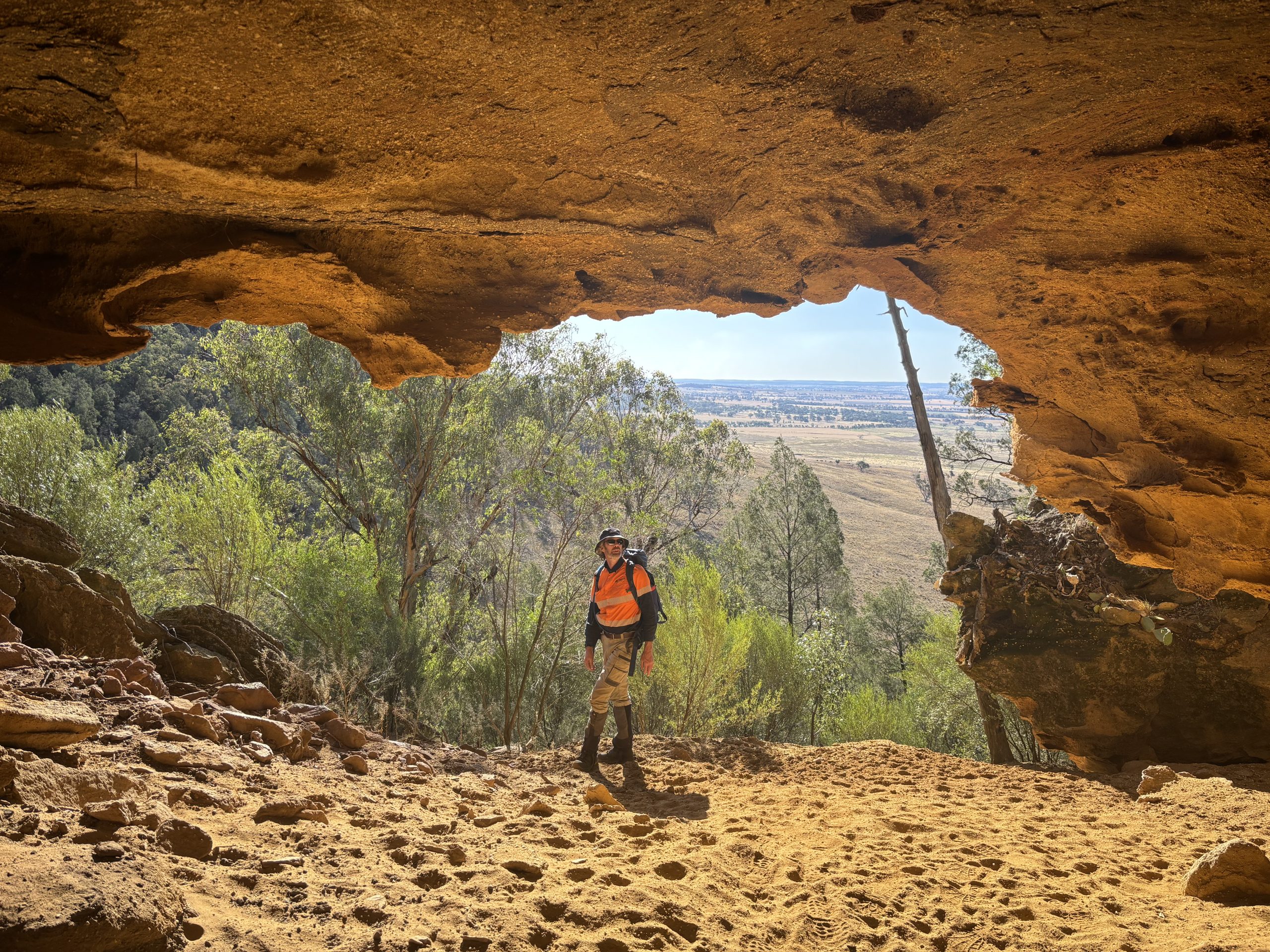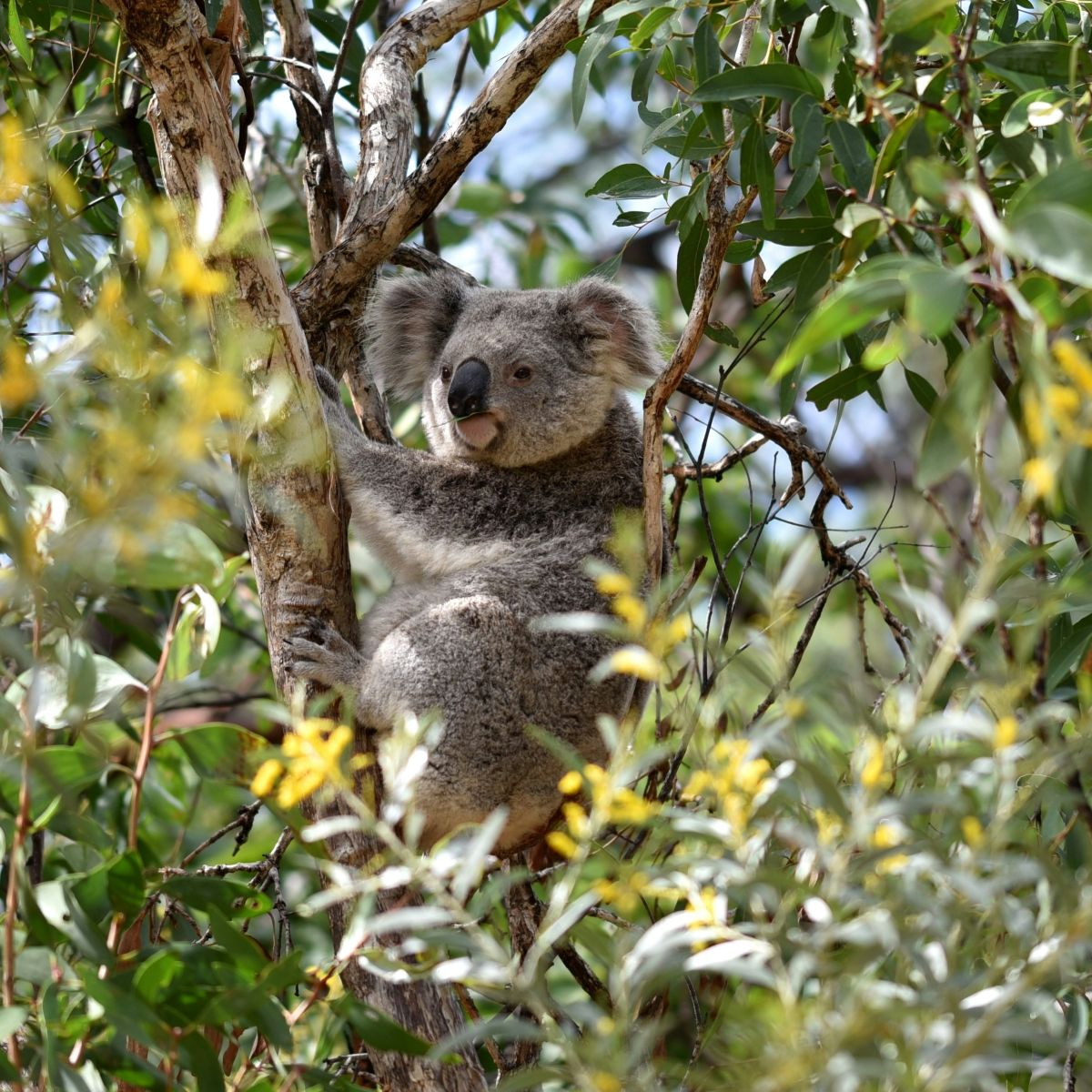What is biodiversity offsetting and what does it mean for your project in NSW?
December 7, 2021

News & Insights
Biodiversity offsetting specialist Dr Amanda Griffith introduces the basics of biodiversity offsetting, and how it applies in NSW.
Biodiversity offsets aim to deliver beneficial and sustainable environmental outcomes and are an integral component of most project approvals in Australia.
In NSW, the Biodiversity Offsets Scheme (BOS) provides the framework for assessing impacts to biodiversity. It seeks to balance development with protection of our environment. Key to the scheme is the requirement to avoid and minimise impacts wherever possible and then offset any unavoidable impacts. Recent judgements in the Land and Environment Court have revealed that clearly demonstrating efforts to follow the hierarchy of “avoid, minimise and then offset” may be critical to project approval.
Biodiversity impact assessments – generating an offset/credit requirement
Where impacts of land clearing for development are unavoidable, project proponents may be able to offset the “cost” to biodiversity by purchasing biodiversity credits.
In NSW, an accredited assessor will apply the Biodiversity Assessment Methodology (BAM) to prepare a Biodiversity Development Assessment Report (BDAR) identifying the number and type of credits required to offset a project’s impact on biodiversity. The number and type of credits will depend on the quality and area of vegetation/habitat impacted. There are two credit types: ecosystem credits are generated through impacts to vegetation communities; species credits are generated for impacts to threatened flora and some threatened fauna species.
Note, the BAM provides highly prescriptive survey requirements which must be followed and can be an expensive and time-consuming process. Getting early advice regarding potential time and cost implications will minimise risks to project timeframes and budgets.
Discharging a biodiversity credit requirement
To meet a project’s biodiversity credit requirement, developers have three options:
- Purchase biodiversity credits directly from the open market (credits that have or are being generated at an offset site)
- Establish their own offset site
- Pay a premium for the credits to the Biodiversity Conservation Trust (BCT) who then take on the responsibility of settling the credit requirement.
Biodiversity credits – the source of credits
Credits are generated when land containing biodiversity values is protected and managed for conservation in-perpetuity, at an established Biodiversity Stewardship Site (or BioBanking Site under the previous legislation). The NSW Biodiversity Conservation Trust (BCT) approves and administers the establishment of offset sites. It is our experience that assessment and approval of offset sites is a time-consuming process (one to two years); again understanding this early is important for project and business imperatives.
The establishment of offset sites presents a potentially significant opportunity for landholders in NSW. Landholders with land containing biodiversity values can – with the help of an accredited assessor – sell biodiversity credits to developers seeking to meet their project’s obligations while retaining ownership of their land and managing it as a biodiversity offset site.
Biodiversity offsetting strategy
Purchasing biodiversity credits can be extremely costly, however with the right strategic advice early in your project’s planning phase, it is possible to meet offset requirements efficiently and to turn offset liabilities into positive, income-generating outcomes.
Matching the biodiversity offsetting needs of developments with the biodiversity offsetting resources of landowners can provide exceptional commercial and environmental outcomes.
Want to learn more about biodiversity offsetting?
The NSW Department of Environment has produced a series of “explainer” videos providing an accessible introduction to biodiversity offsetting in NSW.
Does the Biodiversity Offset Scheme apply to your development?
The NSW Biodiversity Offsets Scheme and when it applies
Biodiversity offsetting specialists
At Niche, we provide strategic advice to our clients to ensure that their offset requirements are met as efficiently as possible. We help our clients to find, secure and manage offsets, and we have experience in brokering the sale and purchase of offsets, helping our clients achieve project approval.
Our ecology consulting team in NSW includes ten biodiversity offsetting specialists who are accredited assessors under the NSW Biodiversity Conservation Act 2016.
Read more about our Natural Capital and Offsetting expertise and to discuss your project’s biodiversity offsetting strategy, contact us.
Dr Amanda Grifftih BSc (Hons), PhDManager – Natural Capital Supply and Accredited BAM Assessor
Amanda is senior ecologist, field biologist and project manager with over 18 years’ experience working in the field of wildlife biology and ecology. Amanda is an accredited assessor under the NSW Biodiversity Conservation Act 2016. She has a thorough understanding of environmental legislation underpinning ecological consulting work and experience working with clients across a broad range of sectors including linear infrastructure, mining, renewable energy, property and land development. Amanda is one of Niche’ key biodiversity offset consultants.
Find out more
Natural Capital and Offsetting
TNFD Pilot Program
Inland Rail Biodiversity Offset ID Program
Follow us
LinkedIn
Facebook
Instagram
Twitter



